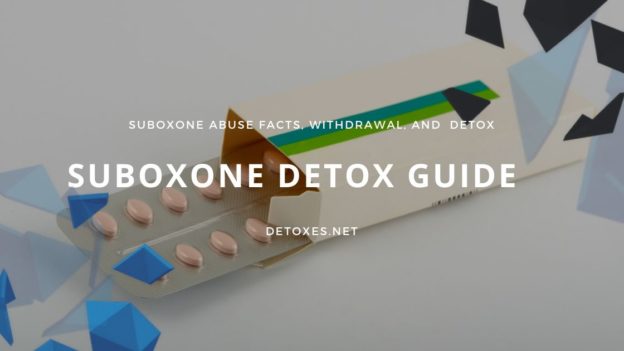Suboxone is a mixture of two pharmaceutical drugs; buprenorphine and naloxone (Velander, 2018). Buprenorphine is an opioid whereas naloxone is an opioid antagonist. According to the Center for Substance Abuse Treatment (2004), buprenorphine has been regarded as safer than other opioids due to its weaker effects at opioid receptors; even at high doses. It was approved for use in the United States for the treatment of opioid dependence in 2002 (Substance Abuse and Mental Health Services Administration, 2013). It is thus occasionally used in opioid detoxification programs to help manage withdrawal symptoms. Think of it as a way of “weaning” someone off opioids.
Although it is prescribed in order to manage opioid addiction and withdrawal, it has been reported to be abused or taken incorrectly. A summary from Substance Abuse and Mental Health Services Administration showed that (2013):
- Emergency department visits secondary to buprenorphine usage increased substantially from the years 2005 to 2010
- 52% of these emergency department visits were due to misuse of buprenorphine, 24% were due to patients seeking detoxification and 13% were due to adverse reactions
- Other substances were involved in 59% of buprenorphine-related emergency department visits
Schuman-Oliver et al. (2010) found that misuse of buprenorphine is primarily carried out by individuals already dependent on opioids, and that their primary desire is to self-treat opioid dependence and withdrawal.
Furthermore, Velander (2018) outlines misconceptions about suboxone, which are as follows:
- One misconception is that suboxone acts merely as a substitute drug of abuse. Suboxone is a medication, not a substance and is prescribed with a clear medical indication. Its maximum effects are less than that of other opioids and, when prescribed by a doctor in treatment facility, the dose is safe and highly unlikely to cause intoxication.
- Another is that use of suboxone indicates that a patient has “given up.” Suboxone is a medical treatment for withdrawal. Addiction is a disease on its own, involving changes in the brain’s neurochemistry. It has nothing to do with a lack of willpower. Suboxone simply attempts to stabilise this neurochemistry.
- A misconception is that suboxone cannot be used in 12-step programs. However, certain programs have pioneered the use of the drug with promising results. For example, a study by Mitchell et al. (2013) has shown that buprenorphine can be used in community-based programs to combat opioid withdrawal.
- A final misconception worth mentioning is the belief that users can easily get “high” from suboxone. This is not the case if a patient is already dependent on opioids. Intoxication only occurs if patients combine suboxone with other substances or do not take it as directed. Because of its ceiling effect, even at very high doses, suboxone on its own has a much lower potential for overdose.
Please peruse our article on opioids to learn more about the symptoms of opioid intoxication and long-term effects of opioid use.




